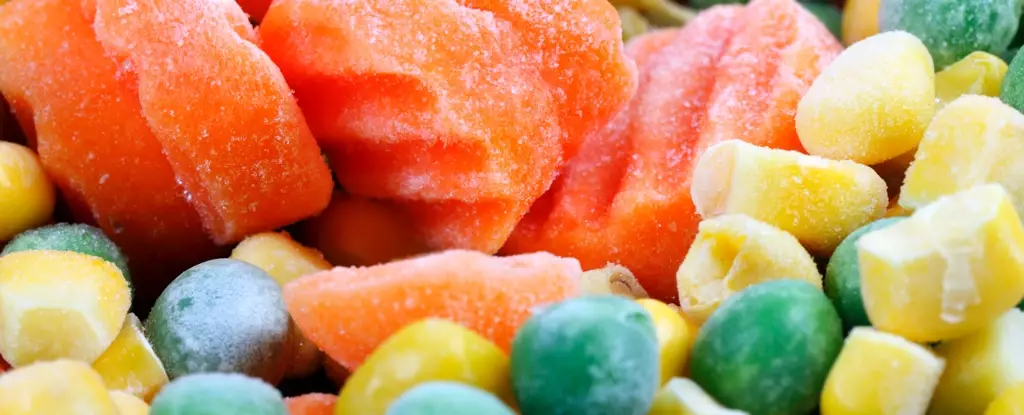With the cost of living crisis looming over many households, the impact on healthy eating habits is becoming more apparent. One of the areas taking a hit is the consumption of fresh fruit and vegetables. Statistics from the Australian Bureau of Statistics show a decrease in the consumption of these vital food groups in 2022-23 compared to the previous year. This trend is concerning as Australians already struggle to meet the recommended intake of two serves of fruit and five serves of vegetables per day for optimal health.
While fresh produce is often considered the most nutritious option, there are alternative ways to ensure you still receive the necessary vitamins and minerals, even on a limited budget. Frozen fruits and vegetables can be a cost-effective and nutrient-rich substitute. Contrary to common belief, frozen produce may contain higher levels of certain nutrients, such as vitamin C and E, as they are snap frozen close to the harvest time. Additionally, frozen produce minimizes food waste as you can use only what you need at the time.
Canned vegetables and fruits are another affordable option that offers convenience and a longer shelf life. The canning process preserves the produce without the need for additional preservatives, making them a practical choice for budget-conscious individuals. While there may be a slight decline in heat-sensitive nutrients during the canning process, canned produce can still be a nutritious addition to meals when used strategically in cooking.
Fermented foods are a great way to incorporate beneficial probiotics into your diet while also retaining the nutritional value of fresh vegetables. The fermentation process enhances the food’s nutritional profile by creating new nutrients and improving the absorption of existing ones. Fermented foods are not only nutritious but also beneficial for gut health, making them a valuable addition to a budget-friendly diet.
Despite the challenges posed by the cost of living crisis, there are several strategies you can implement to include more fresh produce in your diet without breaking the bank. Buying seasonal and locally sourced fruit and vegetables can be more affordable and sustainable than imported options. Embracing “ugly” produce, reducing food waste through proper meal planning, and participating in produce swaps or sharing initiatives are practical ways to make fresh produce more accessible.
One long-term solution to the cost of living crisis impacting healthy eating habits is growing your own produce. Regardless of space limitations, planting herbs, cherry tomatoes, and other fruits and vegetables in pots can help offset the cost of buying fresh produce. Gardening not only provides a sustainable source of nutritious food but also encourages a greater appreciation for the effort and resources involved in food production. When you have invested time and energy into growing your own produce, you are more likely to value and utilize it effectively.
The cost of living crisis presents significant challenges to maintaining a healthy diet rich in fruits and vegetables. However, by exploring alternative options like frozen and canned produce, embracing fermented foods, and implementing budget-friendly strategies to access fresh produce, individuals can overcome these obstacles and prioritize their health and well-being. Gardening, even on a small scale, offers a sustainable solution to rising food costs and promotes a deeper connection to the food we consume. By taking proactive steps to address the impact of the cost of living crisis on healthy eating habits, we can cultivate a more resilient and nourishing relationship with food.


Leave a Reply